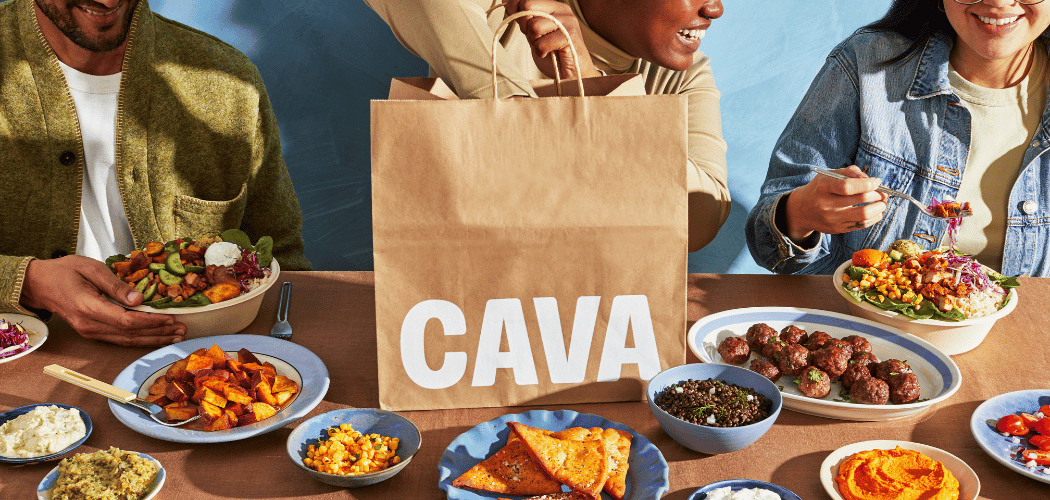The wheel may be one of humankind’s greatest innovations, but keep in mind that it’s what the tool can do – not the tool itself – that guides history.
This applies to high-tech inventions as well. Retailers thought digital shopping would forever alter consumer behavior, but actually, it’s the implicit capabilities behind e-commerce that are feeding more widespread, and potentially daunting, change.
The power of shared information from everyday consumers via social media, the ability to buy with digital money, the resulting awareness of how our data is being used – these offspring of digital commerce are now encircling it, reshaping it and requiring fluid change.
Consider: Digital factors are expected to influence 58% of U.S. retail sales by 2023.
Innovation Will Deliver These Predicted Trends
The more retailers align their propositions with tech capabilities, the more these innovations will influence what consumers expect of retail. If technology broadens knowledge, for example, then that knowledge will be applied to retail practices.
These five unfolding trends are all the result of the events made possible by technology.
Data relationships will shift; so the message must, too. Thanks to Apple's AAPL -0.2% installation of the privacy feature in iOS, users downloading apps can choose to be tracked on other apps and websites. Meanwhile, Google GOOG -0.4% in 2022 will phase out cookies and not replace them with other third-party tools that follow users online. This change will force businesses to identify ways to get more customers to opt in, which comes down to trust. If customers don't want the retailer to track them, the retailer has a trust problem. And it’s not an old one. Ten years ago, just 26% of consumers said they felt they were benefitting from sharing personal information. Today, McKinsey research suggests 33% of consumers believe that companies use their personal data responsibly. So despite all the technological innovations over 10 years, the number has moved only marginally. This indicates that if companies don’t use their data responsibly and to add value to the experience, then consumers will embrace what Apple and Google are doing with a vigorous hug! McKinsey suggests companies send data-sharing invitations (like Apple’s), among other measures. This may be the beginning of a new vector in retail advertising – however, without a foundational shift in attitude from conquest to connection, we will not see this change.
More retail rewards programs will switch from points to cryptocurrency. Nearly 45% of consumers are open to receiving encrypted, digital currencies, such as Bitcoin, Ethereum and Dogecoin, instead of traditional cash-back reward programs from retailers, according to a recent national Harris Poll. And more retailers, including Ulta and Whole Foods WFM 0.0%, are including cryptocurrency acceptance in their operations, either directly or through third parties. These merchants are evidently responding to the currency’s adoption among consumers (especially younger consumers). Offering crypto-rewards as an option in a loyalty program is the next logical step, for a number of good reasons recently highlighted in Forbes. These reasons include the introduction of newer, less-expensive crypto offerings for customer ease and more effective data analytics.
Fragmentation is generating a new influencer industry. The expanding availability of media channels, to include websites, mobile, email, text, streaming (not to mention TV and radio), make it hard for retailers to reach a target audience. The consumption of social media is fragmenting as well – via WhatsApp, Tagged, Tumbler, Vine, TikTok – and this makes it harder for influencers to reach their desired fan bases. Because retailers and influencers rely on each other to engage key demographics (like Gen Z), it’s likely they will work together to find ways to industrialize the phenomena of social network fragmentation. Dunkin’ and Fabletics, for example, reach narrow customer segments through “micro influencers,” smaller-scale influencers who have niche specialties and highly uniform audiences. Perhaps Kanoa Greene will be the next titan of retail influence.
A new network effect will take effect. Virtual data sharing, or what McKinsey refers to as data ecosystems, is a practice in which a coalition of companies share customer data without requiring a common currency (one credit card, for example). It’s a common practice in Europe and Canada, operated through reward programs that represent networks of retailers, banks, airlines and other companies. Members spend money across partners, earn points and then redeem with whichever partners they choose. This network effect generates better insights into customer preferences and results in more spending among partner companies. McKinsey describes several types of data ecosystems – some integrate multiple partners and data, others are marketplace platforms that channel products to consumers, like Amazon AMZN 0.0%. As spending becomes a virtual activity (think touchless checkout), more cost-effective ways to optimize data, through coalitions or ecosystems, will emerge.
Social responsibility is growing on par with price, product and people. The connectivity made possible by digitization has, for many, heightened awareness and social consciousness. More than 40% of all consumers said they will pay more for products that support sustainability and align with fair trade practices, according to research by WSL Strategic Retail in New York. A lot of companies have drawn up environmental, social and governance policies, many pushed by their investors. That will increase now that the Biden Administration has made environment protection a cornerstone of its plan. In the next year or so, shoppers should expect to see a handful of retailers emerge as the breakout players capitalizing on a value-based existence. Already some are, and it might not be a coincidence that many have a strong digital presence, including Patagonia, Toms and Allbirds.
A wheel doesn’t turn on its own. But the propulsion it required to change humankind was not only physical, it was intellectual, innovative. How well these tech-enabled trends spin retail forward also hinges on continued innovation. So, retail, let’s build the tools.
Bryan Pearson is a Featured Contributor to The Wise Marketer and currently serves as a director and strategic advisor to a number of loyalty-related organizations. He is the former CEO of LoyaltyOne.
This article originally appeared in Forbes. Be sure to follow Bryan on Twitter for more on retail, loyalty, and the customer experience.




